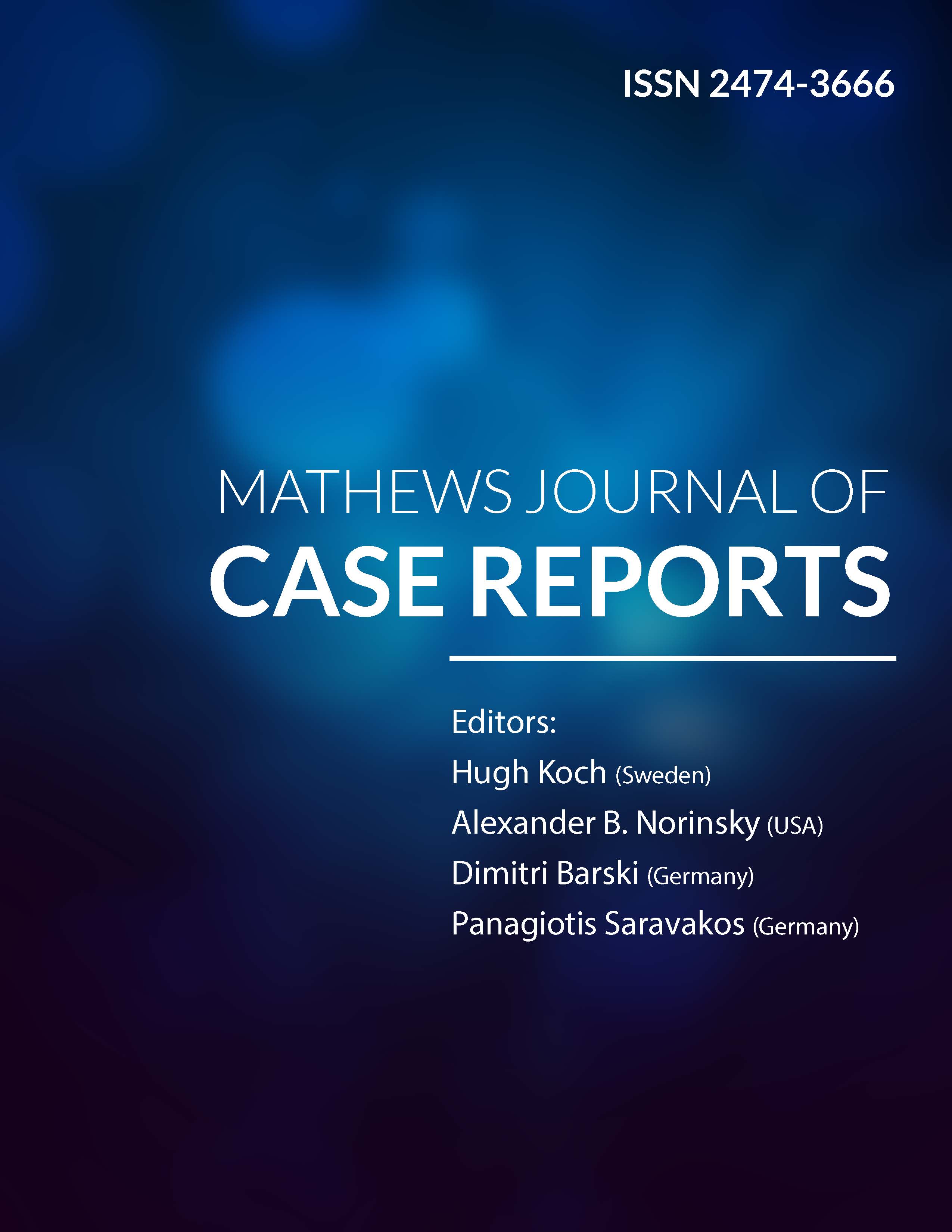
Information Links
Previous Issues Volume 9, Issue 4 - 2024
Perception of Producers on the Importance of Restoration Works for Degraded Pasture Areas in Niger
Siddo Seyni, Yayé Abdou Hassane, Gambo Yahoussa*, Hamadou Issa
Institute of Agronomic Research of Niger (INRAN), Niamey, Niger
*Corresponding author: Gambo Yahoussa, Institute of Agronomic Research of Niger (INRAN), Niamey, Niger, Tel: 98508948, Email: [email protected]
Received Date: March 13, 2024
Published Date: April 10, 2024
Citation: Seyni S, et al. (2024). Perception of Producers on the Importance of Restoration Works for Degraded Pasture Areas in Niger. Mathews J Case Rep. 9(4):162.
Copyrights: Seyni S, et al. © (2024).
SUMMARY
In Niger, pastoral rangelands have experienced a decline in production since the 1970s. To combat this degradation of pastoral lands, the State and its partners have popularized water and soil conservation and defense and restoration works among producers. Soils (CES/DRS). The main objective of this study is to assess the importance of pastoral developments on the restoration of degraded pastures in Niger. To achieve this objective, a survey was conducted to measure individual preferences regarding the importance of these innovations. The innovations were selected on the basis of the training themes of the RED SAACC II project which popularizes CES/DRS techniques in the context of sustainable production of live livestock feed. The study is carried out in the regions of Dosso and Tillabéri. The method consists of collecting data from 15 focus groups, bringing together 77 producers. The group is openly questioned about the importance of the works in the restoration of degraded pasture areas. The preferences of farm managers in terms of works to restore pasture areas indicate pastoral half-moons (22%) and sylvopastoral (25%) and mechanical control of sida cordifolia (18%) are the most important. Regarding the least important structures, producers identify stone cords (1%) and manual tracheas (3%). The coefficients of w of the proportional stacking show a concordance of the appreciation of the CES/DRS works for all the groups of producers. The results of this empirical approach must be deepened by scientific studies to assess the socio-economic impact and understand the modifications induced on the ecosystem before any pasture restoration actions.
Keywords: Perception, Producers, Works, Restoration, Pastures, Niger.